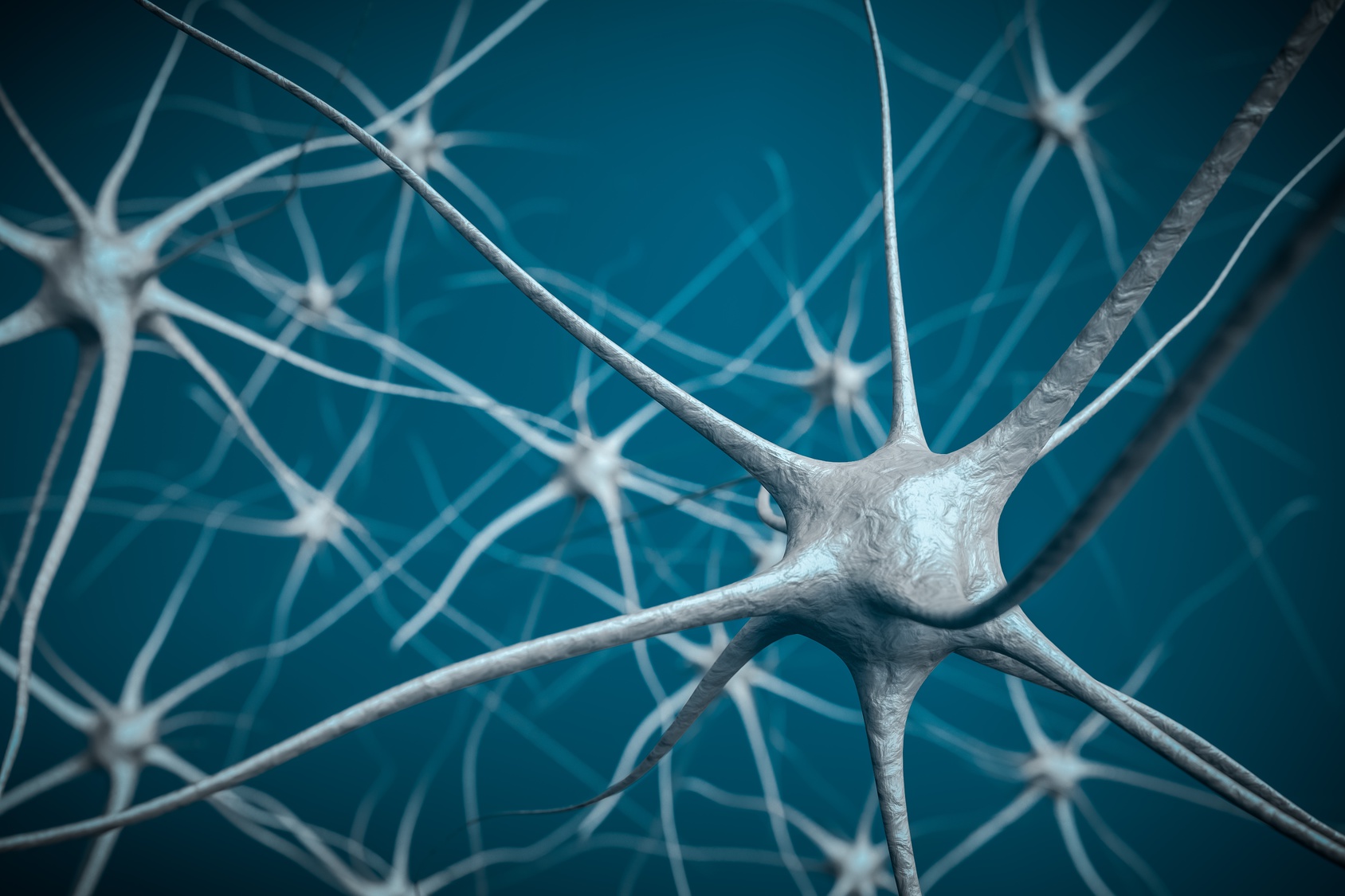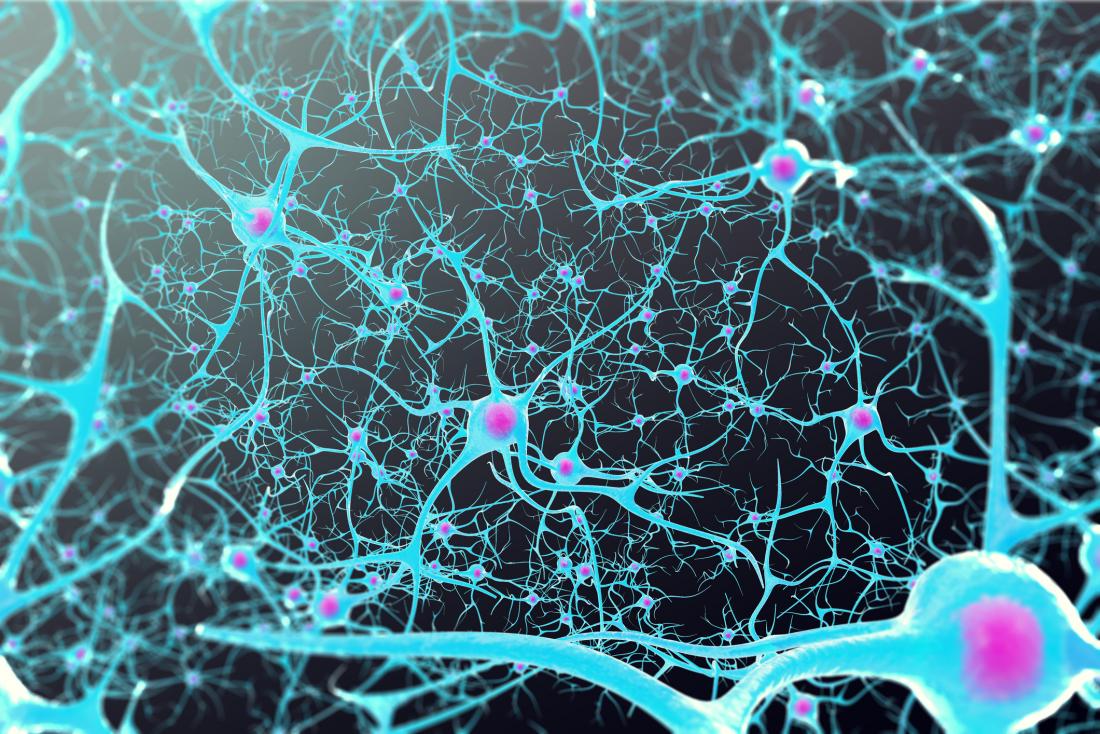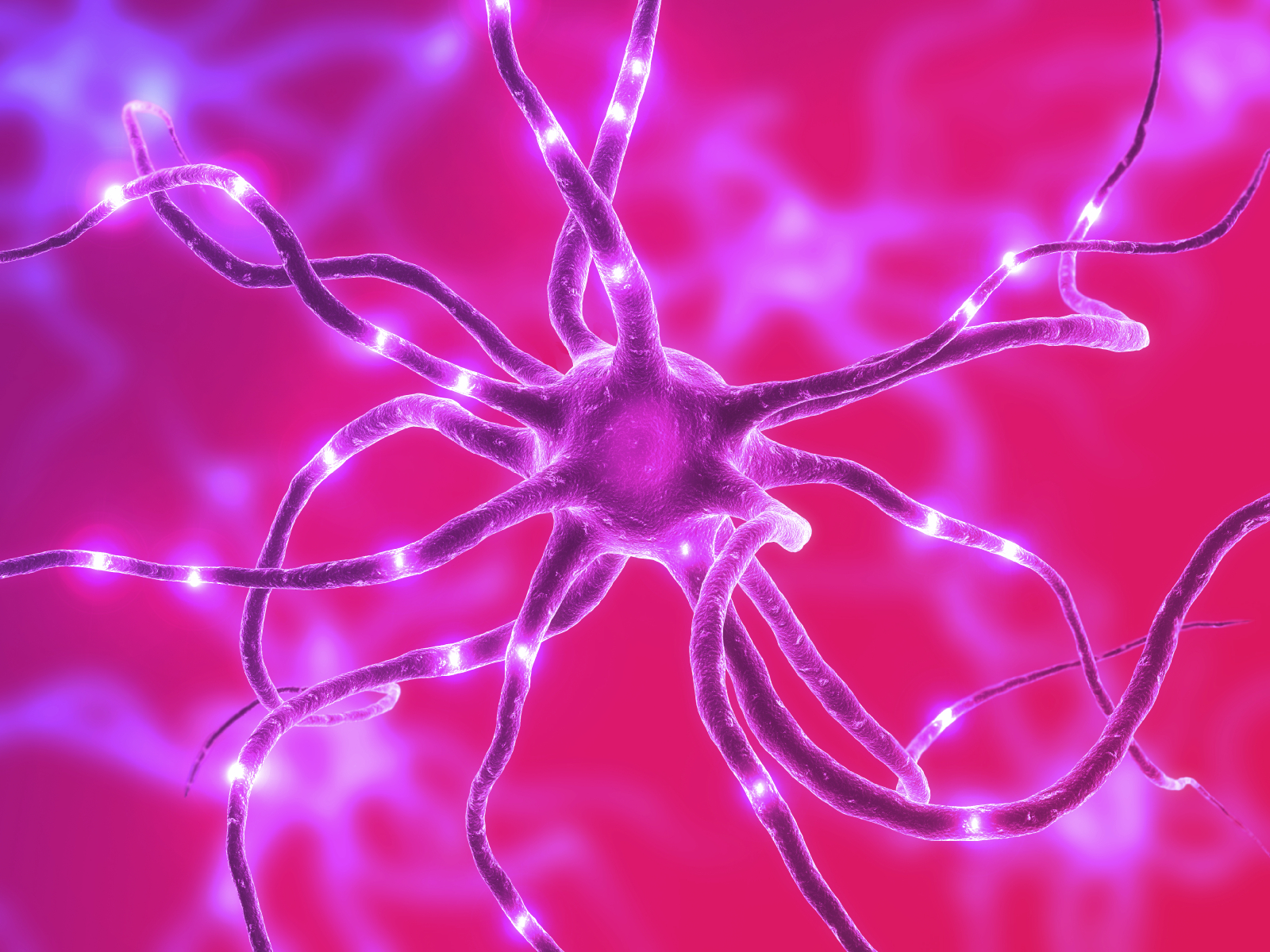

Dendrites can have small protrusions called dendritic spines, which further increase surface area for possible connections with other neurons. Some types of neurons do not have any dendrites, some types of neurons have multiple dendrites. Dendrites are tree-like structures that extend away from the cell body to receive neurotransmitters from other neurons.
Dendrites: Dendrites are the structures where neurons receive signals from other neurons (in some cases, neurons may also receive signals directly at the soma). Soma (cell body): Each neuron has a cell body that contains its nucleus and other cellular organelles and components. The structure of a neuron supports its function in sending and receiving both chemical and electrical messages: Neurotransmitters are chemical messengers which are released from one neuron as a result of an action potential they cause a rapid, temporary change in the membrane potential of the adjacent neuron to initiate an action potential in that neuron. The chemical signals are neurotransmitters, which transmit the information from one neuron to the next. 
An action potential is a rapid, temporary change in membrane potential (electrical charge), and it is caused by sodium rushing to a neuron and potassium rushing out.
The electrical signals are action potentials, which transmit the information from one of a neuron to the other. Neurons communicate via both electrical signals and chemical signals: All Khan Academy content is available for free at Neurons are specialized cells that can receive and transmit chemical or electrical signals, and they are supported by cells called glia, which provide support functions for the neurons. The information below was adapted from OpenStax Biology 35.1 and Khan Academy AP Biology The neuron and nervous system. Neurons Send and Receive both Chemical and Electrical Signals Differentiate between excitatory and inhibitory post-synaptic potentials (EPSPs and IPSPs), and predict the results of multiple co-occurring PSPs. Describe the structure and function of neuronal synapses, the process that leads to neurotransmitter release, and the role of neurotransmitters at the synapse. 
Interpret an action potential graph and explain the behavior of ion channels underlying each step of the action potential.

Identify and differentiate between the different types of ion channels that regulate neuron function. Explain the role of membrane potential in neuron communication. Describe the structure and function neurons.








 0 kommentar(er)
0 kommentar(er)
